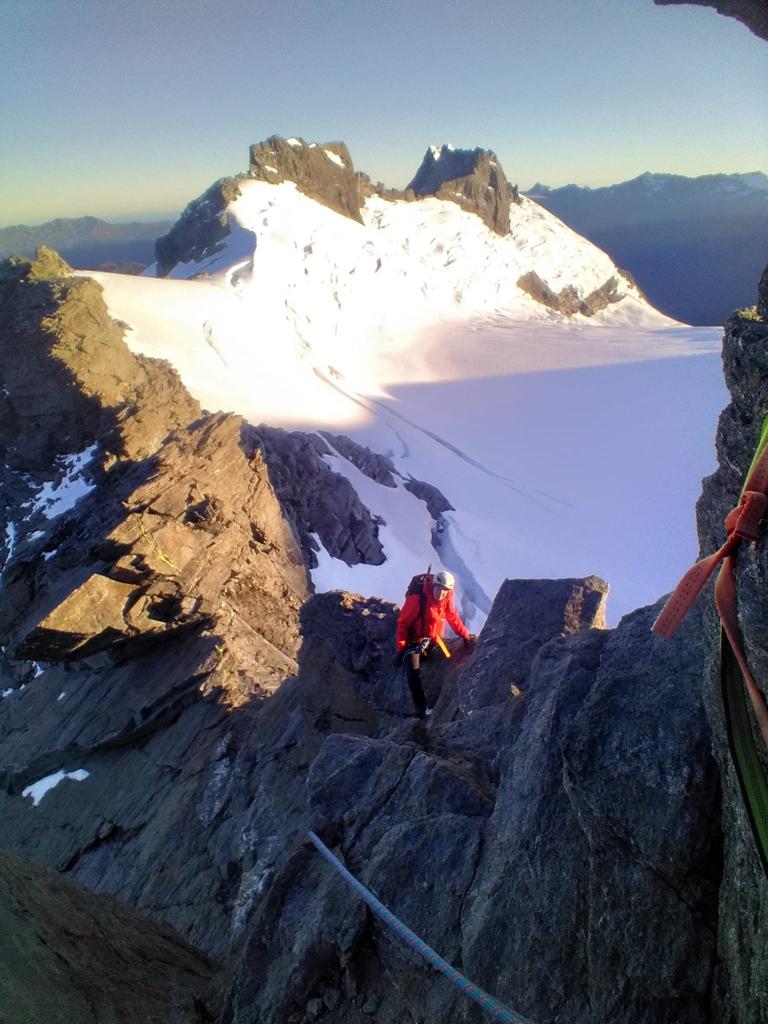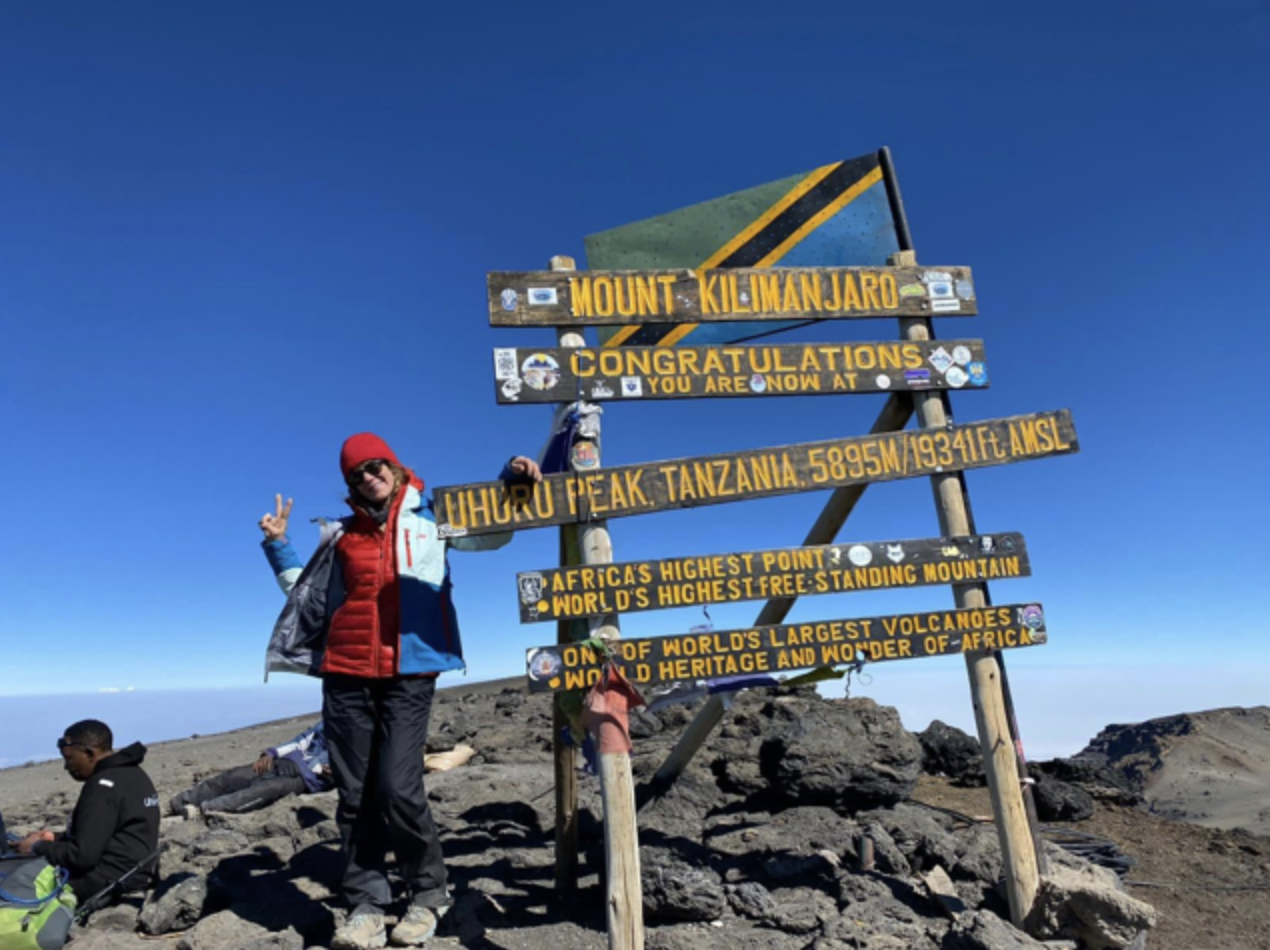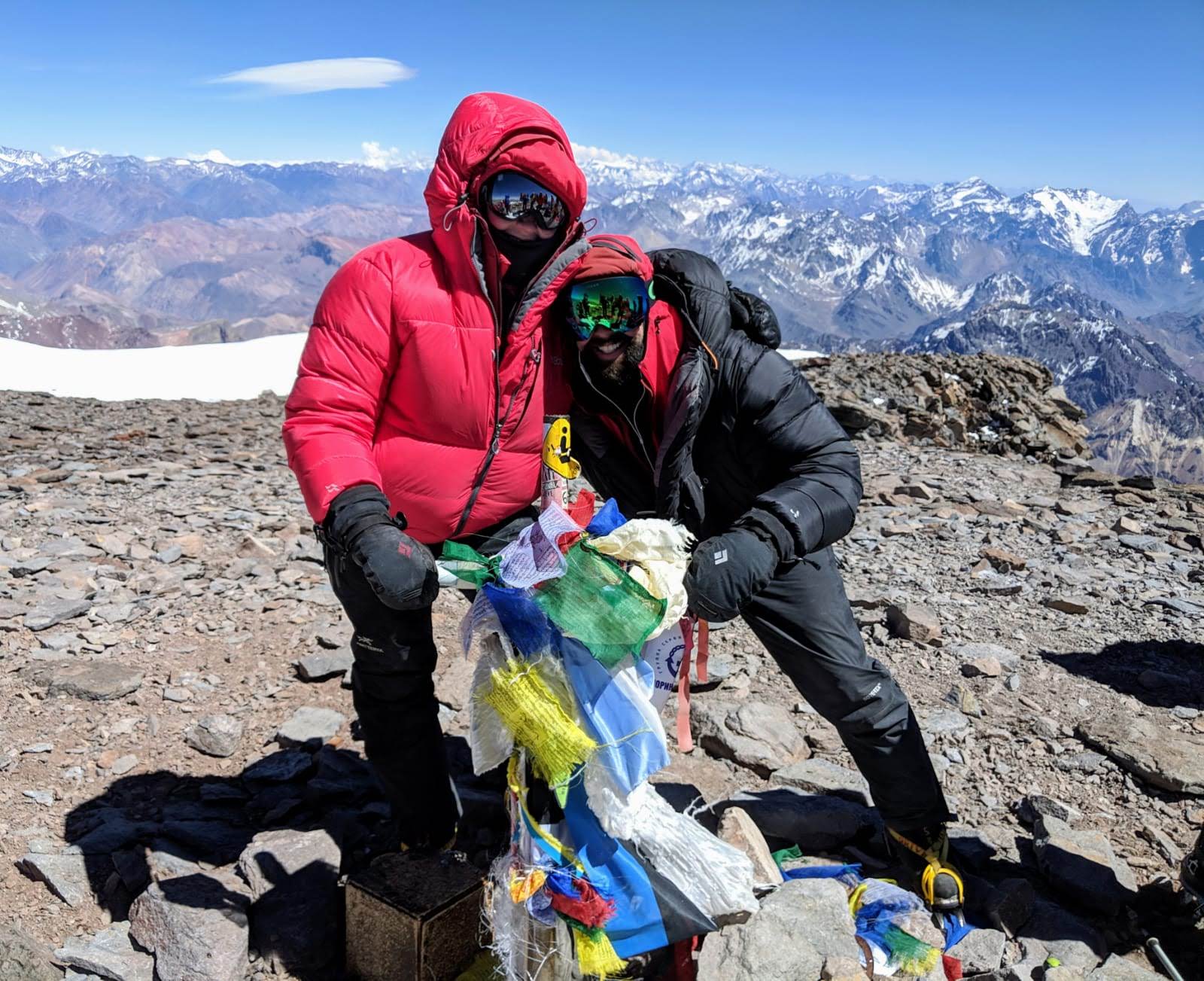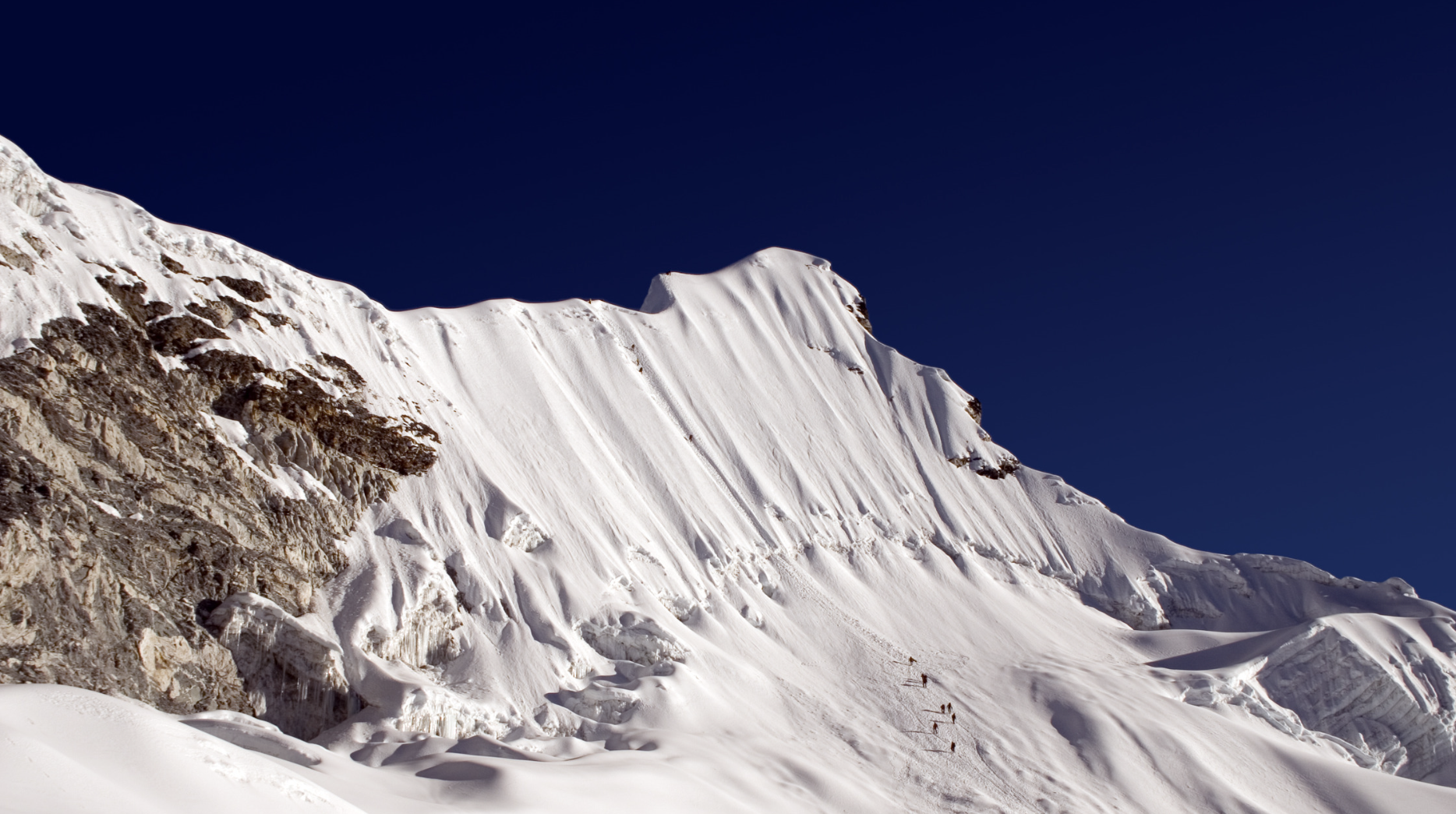Updated: Jun 28, 2020
1. Marangu Route – cheapest route
This is the only route that offers accommodation. It is also the only route that uses the same path to go up and down the mountain. This route is normally offered over a 5-day duration and is one of the cheapest routes because you need less porters and the trek if over such a short period of time. However, the last day before the your summit attempt, you will be scheduled to gain 1000m in altitude, then rest a few hours before you begin your summit attempt which gains 1,200m in altitude.
The only reason you would lean towards this route was if you were tight on time, short on cash and hated sleeping in tents. In my opinion, beginners or even intermediates absolutely should not take this route. I would never suggest it to my clients or consider it for myself. The acclimatization schedule is far too short so you will likely suffer from altitude sickness. It is not worth taking the shorter, cheaper route to try cut corners. Kilimanjaro will send you home well educated about the signs and symptoms of altitude sickness.
2. Machame Route – most popular route
This route is normally offered over 6 or 7 days and is classified as more strenuous because the trail is steeper. Over the last few years the Machame Route has become very popular because the scenery is spectacular, it has a good acclimitazation schedule and is fairly well priced in comparison to some of the other routes. With those advantages come more people. The route does tend to be crowded.
3. Rongai Route – easiest route
This is the only route that approaches Kilimanjaro from the north with the descent being on the south-east side via the Marangu Route. Tour operators generally offer it over a six day adventure. It is considered to be the easiest route but the extra transport and logistics of the adventure make it the most expensive. Because this route is on the north side, you have less chance of getting soaked with the rains – this is especially good if you are looking at going in the wetter periods.
One of the biggest benefits to this route is the summit attempt – your last camp is only a few hundred meters from the summit, while the other routes require you to gain close to or over 1,000m in altitude to reach the summit.
4. Shira Route – generally not advised for first timers
This route approaches the mountain from the west side and then joins the Machame Route. It is normally offered over a 6-day period but some operators offer longer. The difference with this route is your first day. You will be driven as far as possible and then dropped off at about 3,500m, which doesn’t give your body much time to acclimatize. The Shira Route is often used by higher tour operators and comes with a higher price tag but has a very good success rate, however I wouldn’t suggest this route to first time climbers simply because of the first day. If you have some experience with altitude and generally know how your body will react then you can judge whether the first day will hinder you or not.
5. Lemosho Route – more expensive route
This route, like the Shira route, approaches from the west side and then joins the Machame Route. It is without doubt one of the two most beautiful routes because you start the first two days in an area where you are likely to see wildlife but with that beauty comes a higher price tag. The trek is usually 7 or 8 days. There are normally no budget operators on this route due to the length of the route and the logistics of it meaning it is quieter with a higher success rate because of the longer acclimatization time.
6. Umbwe Route – hardest route
This is classified as the most challenging and demanding route on Kilimanjaro but the second of the most beautiful routes. It is not a technical route but it is very, very direct meaning it is steep and exposed in over certain parts. The second day is along an exposed ridge part of the way and is not recommended for people who are uncomfortable with heights. If you aren’t experienced with mountaineering and trekking then rather choose one of the other easier routes.
So, Which Route Should You Take For Kilimanjaro?
My biggest and most important tip is…
Don’t cut corners and choose a shorter route because you think you’re saving money. What you save financially will cost you physically.
The biggest reason people don’t make the summit is altitude sickness because they haven’t acclimatized properly because they’ve been rushed up the mountain. Kilimanjaro is renowned for having tour operators who offer too short of an acclimitazion schedule and as a result, people fail to acclimate properly and suffer from altitude sickness resulting in them turning around.
Depending on your budget and confidence level, my advice is to still always choose the longest trekking duration that you can. Even one extra day can make a huge difference and give you those extra 24 hours to acclimatize. Even if you are experienced, go for a longer route. Don’t underestimated the worlds “easiest trekking mountain”, she will send you home humbled and in awe of the affects of altitude.
Knowing The Above Info, Should A Beginner Climb Kilimanjaro?
Absolutely! With proper training and preparation even an absolute beginner with no prior altitude or mountaineering experience will LOVE Kilimanjaro. There is something so very wonderful about Africa and even more so climbing it’s highest mountain. Kilimanjaro is the most wonderful mountain to experience your first summit and adventure at extreme altitude. If you are concerned about how to train and prepare for it, then check out my book “A Step-By-Step Manual To Mountaineering & Trekking Around The World”. You will find absolutely everything you need to know about how to prepare for your adventure and every adventure to come after that. If you’d prefer to work with a Coach personally then please check out my Mountaineering & Trekking Training program.
It also provides a wonderful chance to climb and experience mountaineering without the struggles of carrying your own gear and food. Generally, your tour operator will have a dedicated cook who miraculously produces delicious foods the moment you arrive in camp and may even include three course meals. Your porters also make your tents ad take them down for you, making the whole journey quite luxurious compared to some other mountains that require you to carry your own gear, cook for yourself and build and take down your own tents.
If you’re debating whether you should or shouldn’t go and you’ve found you’re way to my website and this blog then take this as a sign…
GO!
You will come home a changed person. You can’t stand on the top of Africa, climb under the glorious Milky Way and see the thin line of sunlight rise over the continent as you push for the summit and not come home renewed and soulfully alive. So, just make the commitment and go. You will love it!





